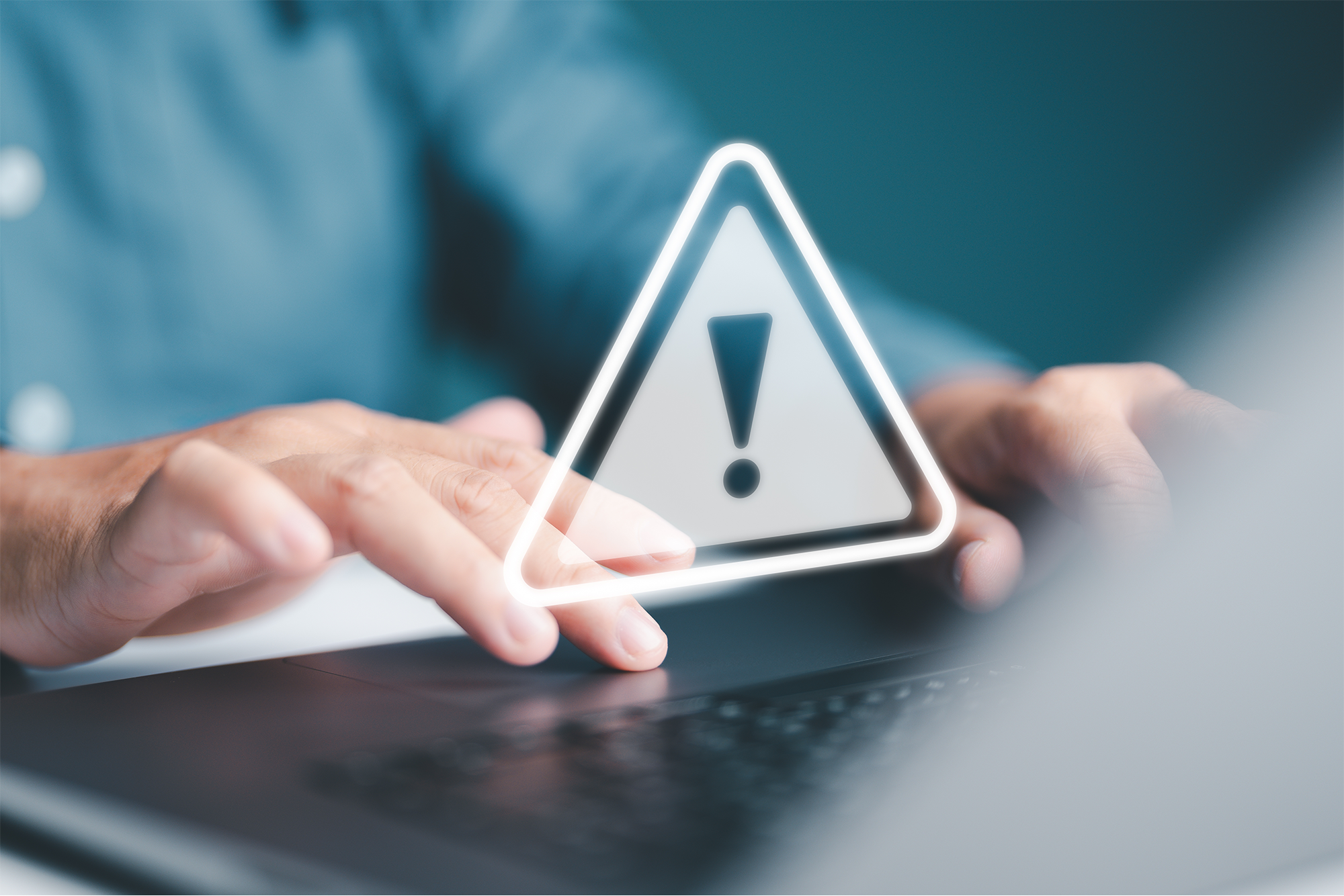The healthcare industry plays a vital role in the U.S. economy, providing medical services and coordinating care for patients. It is an industry that constantly evolves, facing challenges and trends that require attention and adaptation.
Labor Shortages
One of the significant challenges facing the healthcare sector is labor shortages. This trend has been observed across various industries in recent years and has been further exacerbated by the COVID-19 pandemic. The pandemic put immense pressure on medical professionals, leading to burnout and, in some cases, an exit from the field.
According to credit rating agency Fitch Ratings, healthcare job openings reached a record high of 9.2% in 2022, more than double the average rate of the past decade. Looking ahead, the Association of American Medical Colleges predicts a shortage of up to 124,000 physicians by 2034.
Labor shortages can have far-reaching impacts, including increased employee injury rates and associated workers’ compensation exposures. The strain on existing healthcare workers may result in longer shifts and expanded job responsibilities, increasing the risk of injuries related to overexertion or repetitive motion. Additionally, the risk of violence or aggression from patients can contribute to mental exhaustion among healthcare workers.
Shortages can also elevate professional liability exposures. Overworked and mentally fatigued employees are more prone to making mistakes, which can compromise patient safety and lead to legal action against healthcare organizations.
To address these challenges, healthcare organizations should focus on attracting and retaining employees by offering competitive wages and benefits packages, implementing employee assistance programs and well-being initiatives, and promoting a positive, safe working culture. The adoption of technology to automate processes and increase operational efficiencies can also help mitigate labor concerns.
Expansion of Telemedicine
Telemedicine, or telehealth, has experienced significant growth in recent years. It involves the delivery of medical treatment and services through digital communication methods such as text messages and video calls. The COVID-19 pandemic further accelerated the adoption of telemedicine as more individuals sought virtual treatment for various ailments.
Telemedicine offers benefits to both patients and healthcare organizations. Patients can access timely and simplified treatment, avoiding potential challenges associated with in-person services. For healthcare organizations, telemedicine expands reach, improves operational efficiencies, reduces medical expenses, enhances chronic disease management, and enables remote diagnoses and screenings.
However, telemedicine also presents significant risks. Cybersecurity concerns arise as patient data becomes a prime target for cybercriminals. Changing regulations also pose compliance considerations for healthcare organizations. Furthermore, the lack of physical examinations during telehealth visits can lead to missed vital patient information, potentially resulting in misdiagnoses and delayed treatment.
To mitigate these risks, healthcare organizations should prioritize solid cybersecurity measures, consult legal counsel for compliance with telehealth laws, ensure diligent documentation during virtual visits, establish appropriate standards of care for digital services, and maintain clear communication protocols between treatment channels.
Adoption of AI and ML Tools
Artificial intelligence (AI) and machine learning (ML) tools have gained significant traction in the healthcare industry. AI in healthcare was valued at $14 billion in 2020 and is projected to reach nearly $120 billion by 2027, according to market research company Global Industry Analysts.
AI and ML tools enable healthcare organizations to customize treatment plans, automate tasks, analyze medical records, detect patterns, and improve health outcomes. These technologies can benefit medical professionals across specialties, saving time and money for all parties involved.
However, AI and ML tools introduce their own set of exposures. They rely on human-generated algorithms and inputs, making them prone to mistakes and biases. Such issues can increase the risk of treatment errors, misdiagnoses, and patient discrimination incidents, leading to liability concerns and litigation. Additionally, AI and ML tools carry cybersecurity risks, as threat actors may attempt to infiltrate the technology for malicious purposes.
Healthcare organizations should regularly review AI and ML tools for mistakes and biases, implement strict access controls and threat detection software, and ensure proper encryption to safeguard patient data.
Utilization of Wearable Safety Technology
Healthcare organizations are increasingly leveraging wearable safety technology to monitor patients’ conditions. These electronic devices, worn comfortably by patients, assess vital signs, track activity levels, and manage chronic diseases. Wearable technology enables better patient monitoring, promotes patient accountability for their own health, and reduces employee workloads and operational costs.
However, there is a risk of malfunction or inaccurate data from wearable technology, potentially leading to patient injuries or adverse health outcomes. Healthcare organizations may be held liable for these errors and associated damages. Additionally, cybersecurity concerns arise as cybercriminals target patient data.
To mitigate these risks, healthcare organizations should conduct extensive testing on wearable safety technology, review product manufacturers’ contracts for specific liabilities, and ensure advanced encryption capabilities for patient data protection.
Staying Ahead of Healthcare Industry Trends
By closely monitoring these industry trends and taking proactive risk management measures, healthcare organizations can position themselves for operational success. Prioritizing employee attraction and retention, adopting technology to improve efficiencies, addressing telemedicine and cybersecurity challenges, and effectively managing AI and ML tools are key steps to navigate the evolving healthcare landscape.
For further guidance on risk management, contact INSURICA today.
This is not intended to be exhaustive nor should any discussion or opinions be construed as legal advice. Readers should contact legal counsel or an insurance professional for appropriate advice. © 2023 Zywave, Inc. All rights reserved.
About the Author
Share This Story
Related Blogs
OSHA’s Safe and Sound Week Scheduled for Aug. 12-18
Each year, more than 5,000 workers are killed on the job. Additionally, more than 3.6 million employees are seriously injured each year while at work. Because of this, the Occupational Safety and Health Administration (OSHA) holds a nationwide event each August called Safe and Sound Week, which promotes the importance of companies incorporating safety and health programs into their workplace. This year, the event runs Aug. 12-18, 2024.
2024 Midyear Market Outlook: Workers’ Compensation
Profitable underwriting results have generated favorable conditions across the workers’ compensation insurance market for nearly a decade. According to the National Council on Compensation Insurance (NCCI), the segment produced combined ratios of 84.5 and 84.9 in 2022 and 2023, respectively, demonstrating continued profitability.
CrowdStrike, the Most Important Cyber Accumulation Loss Event Since NotPetya, Highlights Single Points of Failure
In what is being called “the most important cyber accumulation loss event since NotPetya,” the July 19, 2024, global technology outage (CrowdStrike) will produce scores of insurance claims across a range of policies, test cyber policy wordings,and sharpen the industry’s focus on single points of failure.







